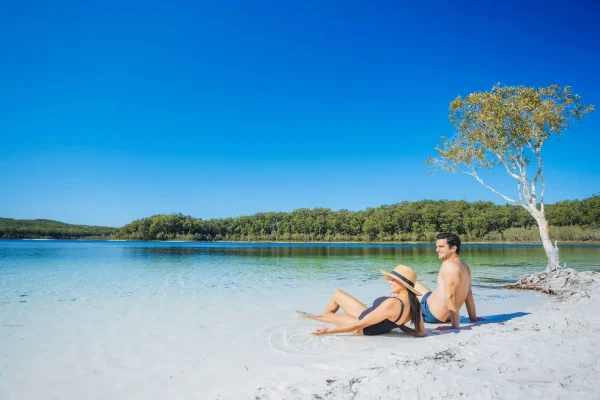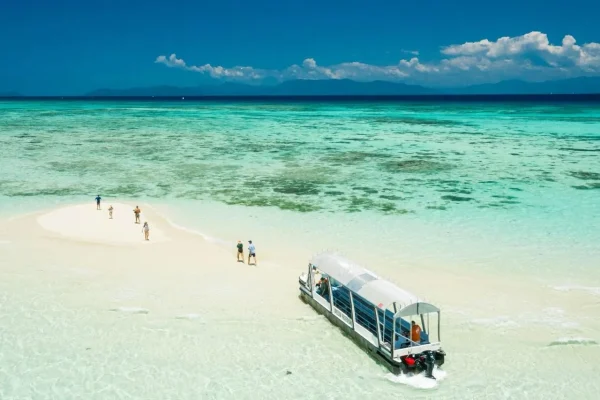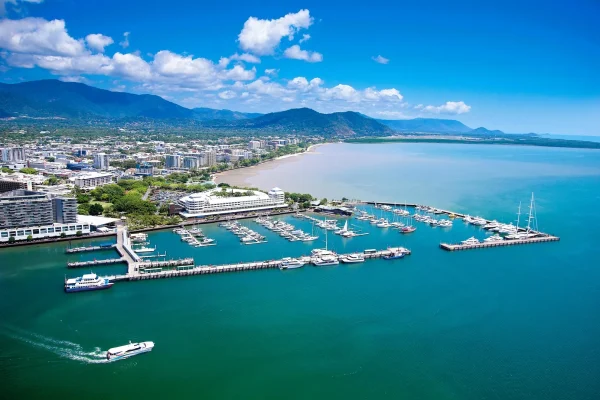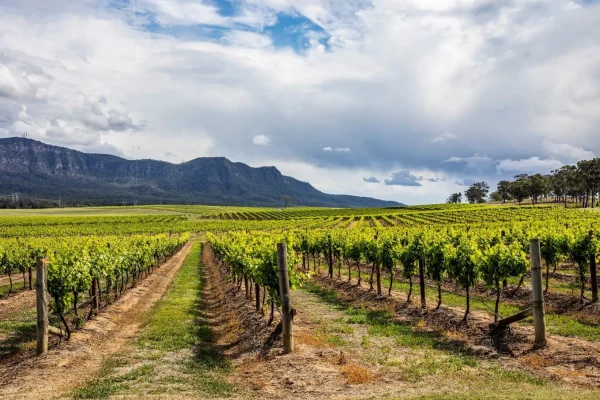Blackheath
Turning my boots towards the ridge above, I found myself rolling into Blackheath with that familiar feeling of arriving somewhere that’s earned its stripes. Mentioning Blackheath in the first breath feels right — this Blue Mountains village doesn’t try to impress you with polish. It wins you over with weathered timber, mist curling through eucalypts, and locals who know precisely when the southerly is going to blow through Grose Valley. You’re not here for gloss. You’re here for grit, big-sky country and real mountain living inside the World Heritage-listed Blue Mountains National Park.
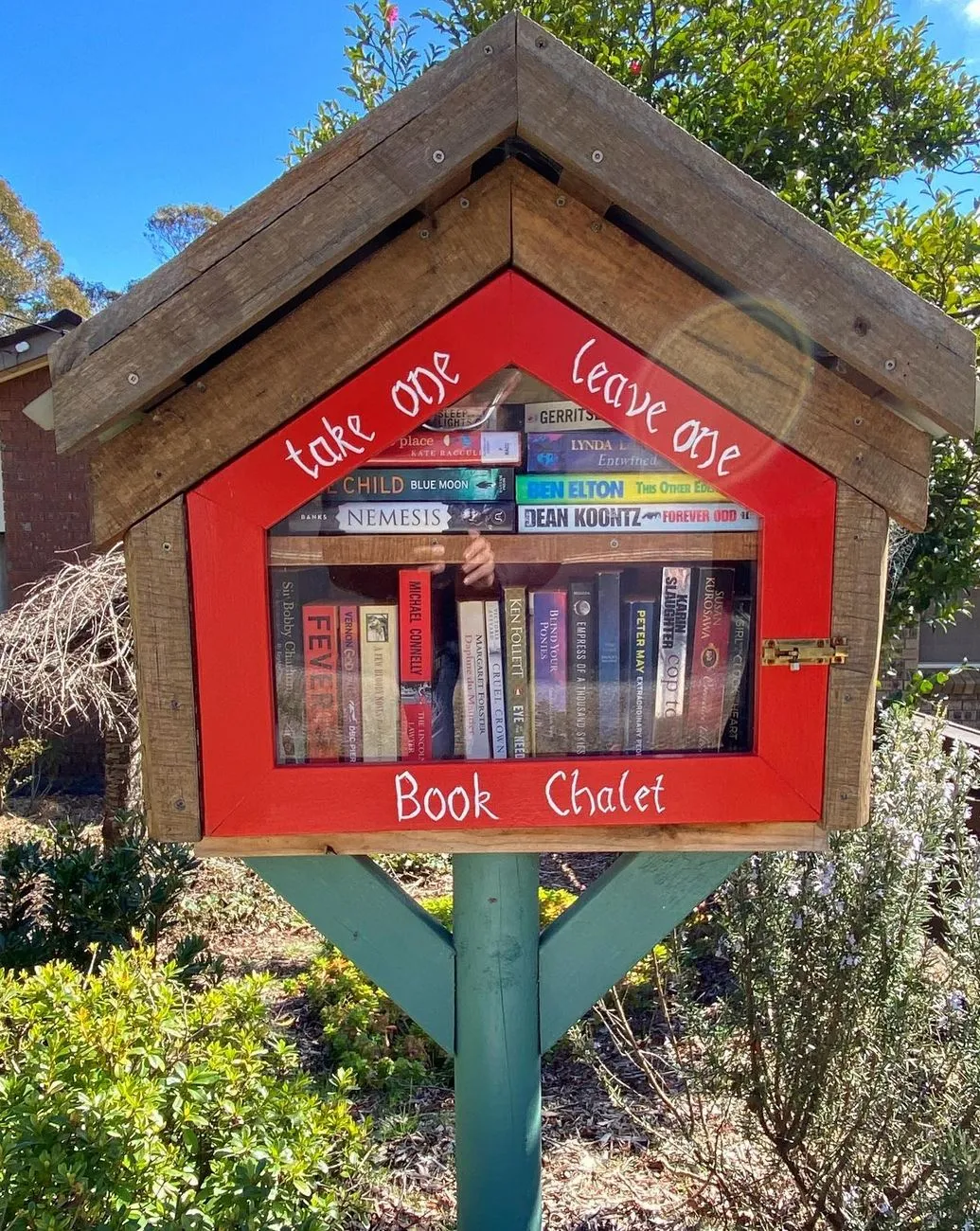
A Village With Grit, Character And Big-Sky Country
Blackheath sits high on the plateau above the Grose Valley and Megalong Valley, and you feel that altitude the moment you step out of the car. The air has bite. The clouds move fast across those massive sandstone cliffs. The horizon stretches past rock formations and deep ravines like the land’s cracking open just for you.
It’s a place for travellers who want real mountain weather, proper walks and a village that hasn’t been sanded smooth for tourists. Stroll past the weatherboard cottages along Govetts Leap Road or up near Blackheath Gardens and you’ll see community noticeboards, quirky shops and a slow, steady rhythm that’s been here long before the Great Western Highway brought day-trippers from Sydney.
History Written In The Timber And Stone
Blackheath’s story is embedded in railway sleepers, old timber and valley tracks worn in long before the NSW National Parks signs arrived. Sitting on Gundungurra and Dharug Country, it has deep cultural connections to the surrounding cliffs, waterholes and gorges.
The arrival of the Main Western railway line in the 1860s turned Blackheath from a windswept plateau stop into an authentic mountain village. Today, the beautifully preserved Blackheath railway station still stands on the Blue Mountains Line, linking hikers, families and commuters through the high country. Wander the backstreets and you’ll find Federation-era workers’ cottages, weatherboards built to withstand harsh winters and sandstone guesthouses that whisper stories of long-ago travellers.
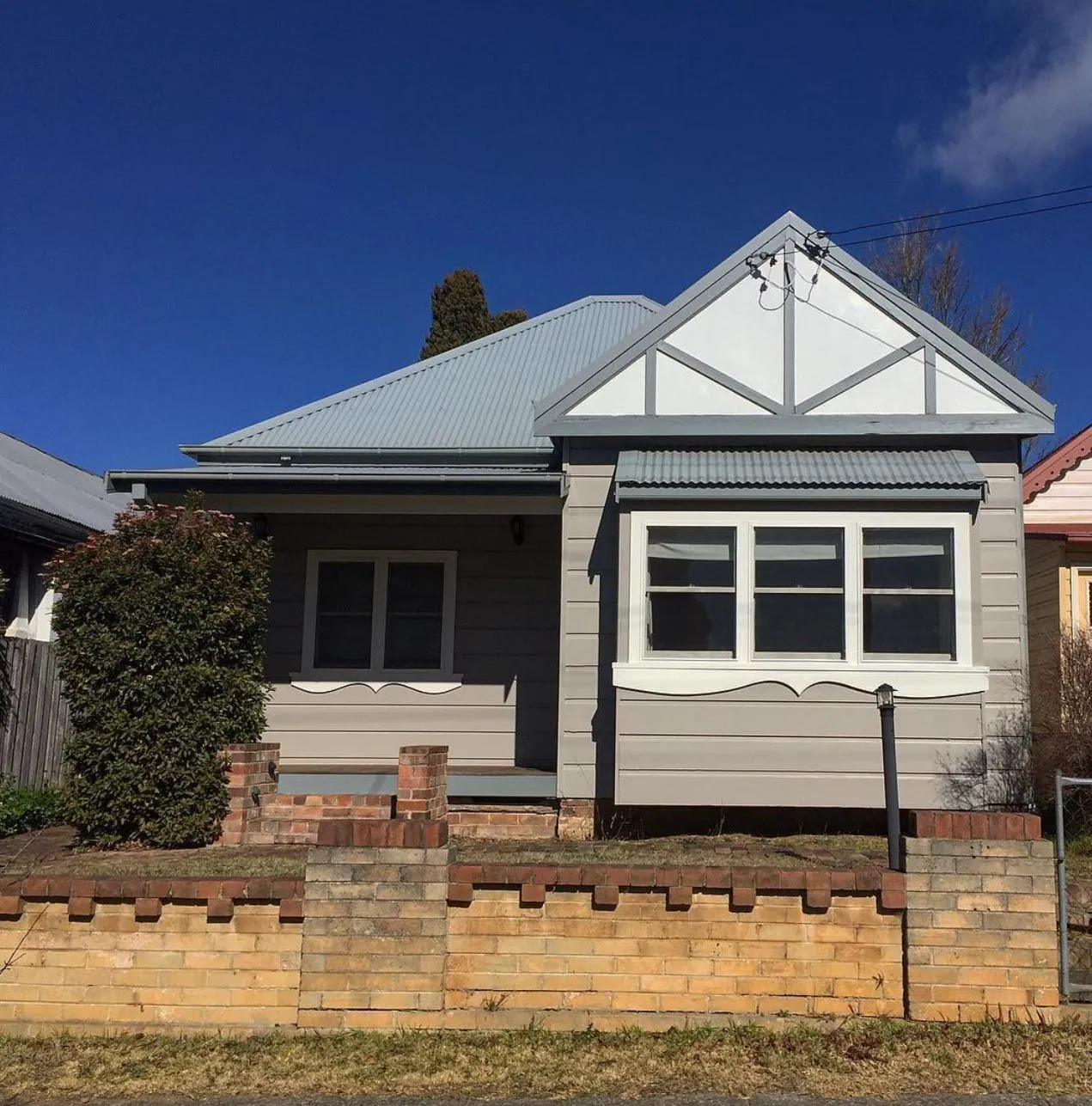
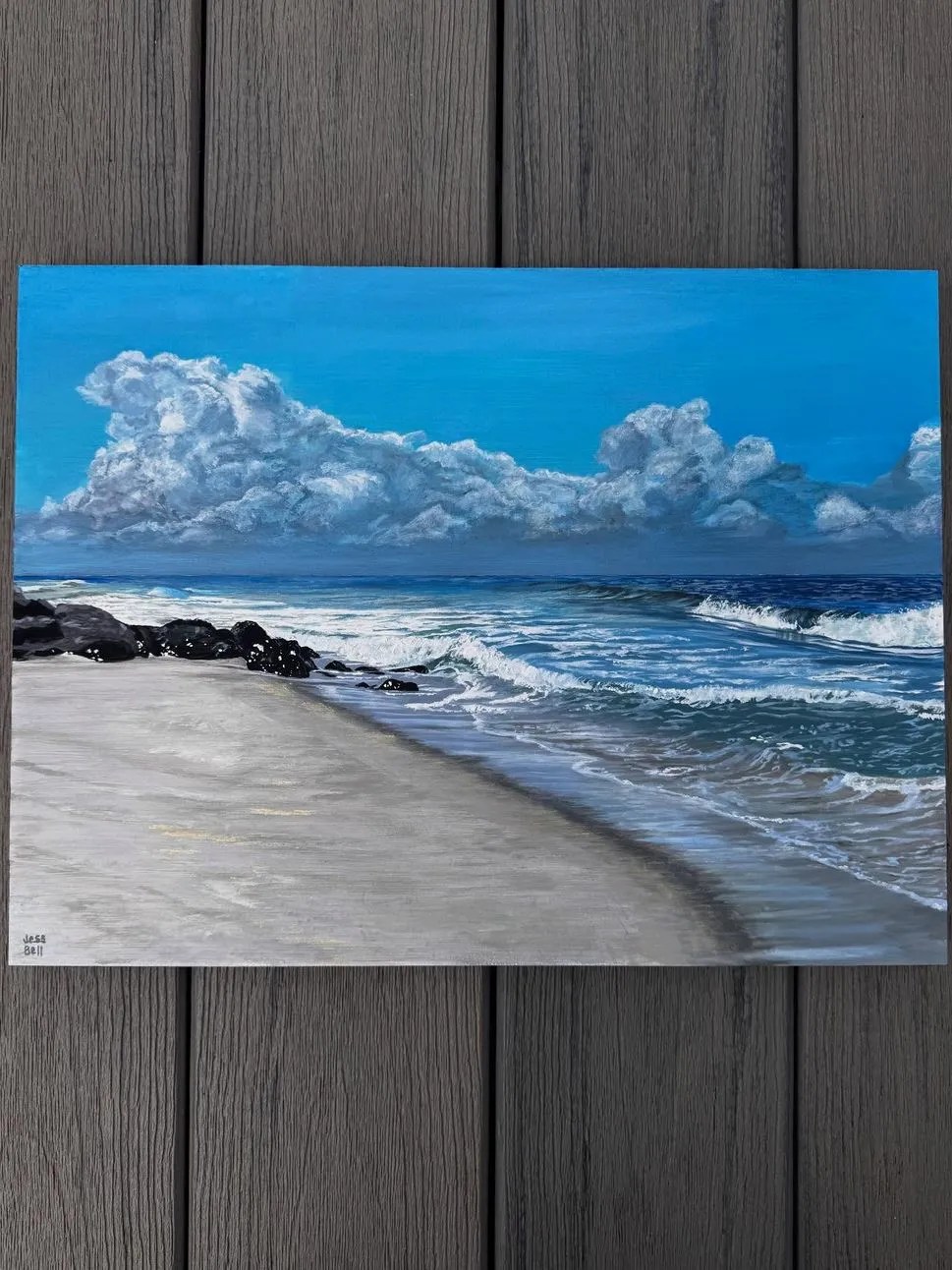
Local Style: A Little Weathered, A Lot Authentic
Blackheath doesn’t do polished. It is real. Locals dress for mountain weather — jackets that can withstand sleet, boots that grip wet sandstone, beanies pulled low over ears.
Shops don’t try to impress you with symmetry; they impress you with character. Victory Theatre Antique Centre, Day Fine Art, Colliers Crystals and the small art galleries off the main street all have that old-school charm and mountain flair. You’ll smell sourdough baking in ironbark-fuelled ovens before dawn and the cafes brewing that strong, rich local coffee before the hikers gather their packs.
Grand Canyon Walk: The Crown Jewel Track
The Grand Canyon Walk is a Blue Mountains classic — a deep, fern-filled sandstone gorge carved by water over millions of years. The track goes through dripping walls, narrow ledges, moss-covered rock formations and cold-air pockets that make summer days bearable.
Just remember:
- The track is rocky and slippery after rain
- The steps are steep enough to get your heart rate up
- Full loop is about 6.3km
- NPWS rates it Grade 3, but it feels like a soft Grade 4 when wet
- Access is from Evans Lookout Road
Along the way, you’re in the heart of the World Heritage area — home to the famous Blue Gum Forest, the Rodriguez Pass network and that sandstone architecture the Blue Mountains is famous for.
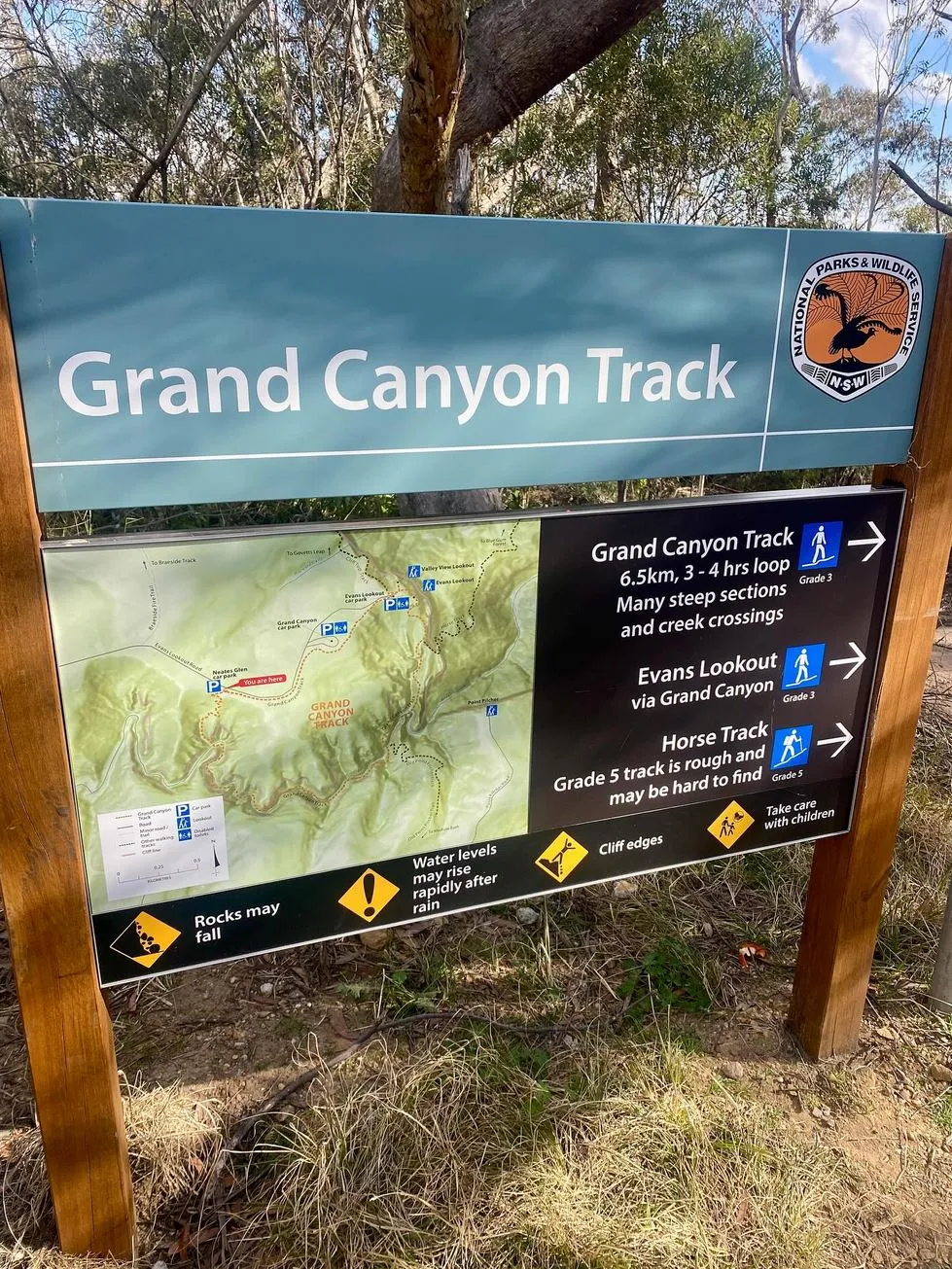

Govetts Leap: A Cliff-Edge Moment Worth Earning
Govetts Leap is the Blue Mountains at full volume — deep sandstone cliffs, the vast Grose Valley and the long white drop of Bridal Veil Falls down the cliff face. If you want a big landscape without the Katoomba crowds, this is your lookout.
Top tip:
Walk the clifftop tracks early in the morning. The wedge-tailed eagles ride the thermals when they start to rise, and you’ll have the valley almost to yourself apart from the wind.
Kanimbla Valley: Big Country Beyond The Ridge
Most people face north into the Grose but swing west and you’ll find the quieter, gentler Megalong Valley and the sweeping Kanimbla Valley. This is farm country — wombats at dusk, old fence lines and long shadows across pastures before sunset.
Worth the detour:
- Foggy morning paddocks
- Old farm roads down Megalong Rd
- The historic orchards around Logan Brae Orchard
- Homemade treats at Megalong Valley Tea Room
This is where the Blue Mountains’ beauty softens — where the sharp escarpments ease into rolling farmland.
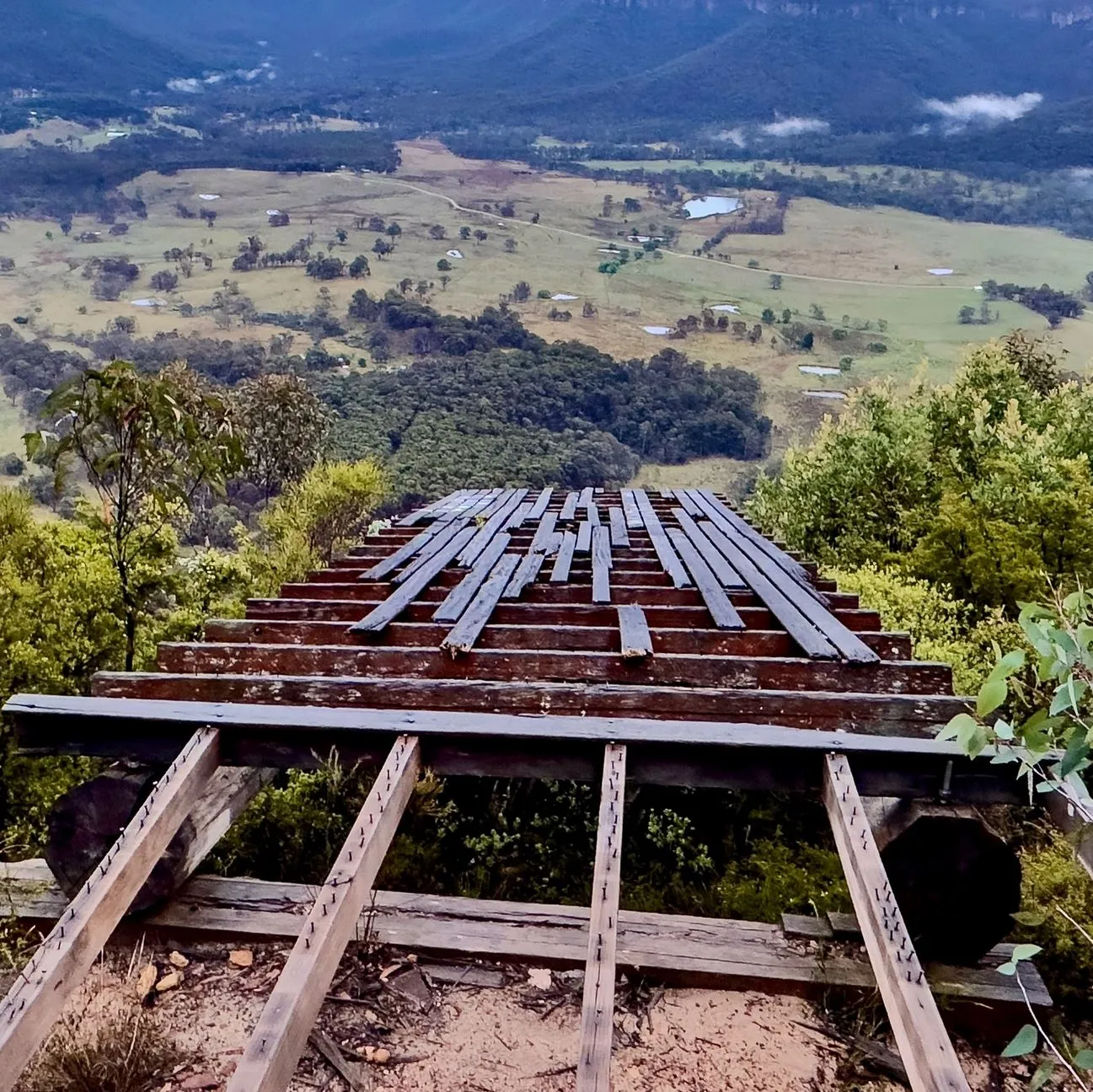

Evans Lookout: One Of The Grose Valley’s Best Angles
If you want a lookout that’s like a landscape painting come to life, Evans Lookout is your spot. It’s also the entrance to the Grand Canyon, the Clifftop Track and long, adventurous loops that drop into the valley.
Bring:
- A windproof layer
- A thermos for a hot cuppa
- A camera that can handle harsh light contrasts
It’s also close to the NSW National Parks Heritage Centre, where you can grab track info and updates.
Rhododendron Festival: The Village In Bloom
Each spring, Blackheath comes alive with the Rhododendron Festival, run in conjunction with the Blue Mountains Rhododendron Society. It’s proudly local — markets, music, food and huge splashes of colour in Blackheath Gardens.
Festival highlights:
- Rhodo displays in Campbell Rhododendron Garden
- Community parade
- Local produce stalls
- Live music and brass bands
It’s the biggest event in town, and you can feel the pride from one end of the village to the other.

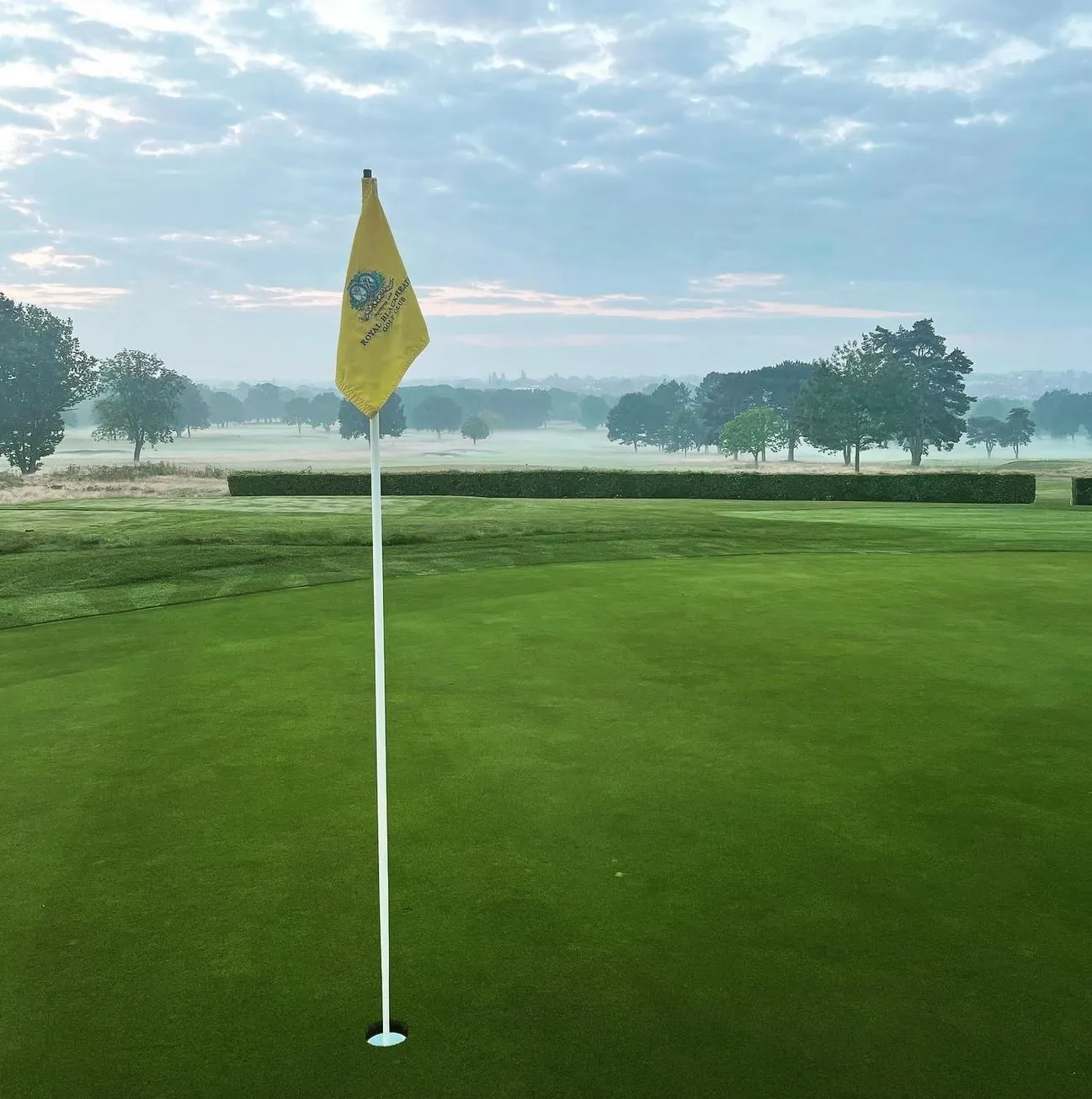
Cool-Climate Golf With A View
Tall gums, fresh air and cheeky cockatoos surround the Blackheath Golf and Community Club. Even non-golfers love the bistro — big mountain meals, views and a locals-first vibe.
Nearby, the Blackheath Pool is a summer favourite, especially on those clear mountain days when the sun warms the high country.
Warm Up With Local Food, Coffee And Pub Culture
Blackheath’s food scene is rugged, warm and local. Think:
- Sourdough baked in an ironbark oven
- Farm-to-table dining using produce from Epicurean Harvest, Farm It Forward, and local honey makers
- Mountains Culture Beer Co. is serving great craft beer
- Mediterranean share plates, natural wines and Darragh wines in cozy dining rooms
- Great brunches at Victory Cafe
On cold days — which is most days — nothing beats mountain coffee steaming up a window.

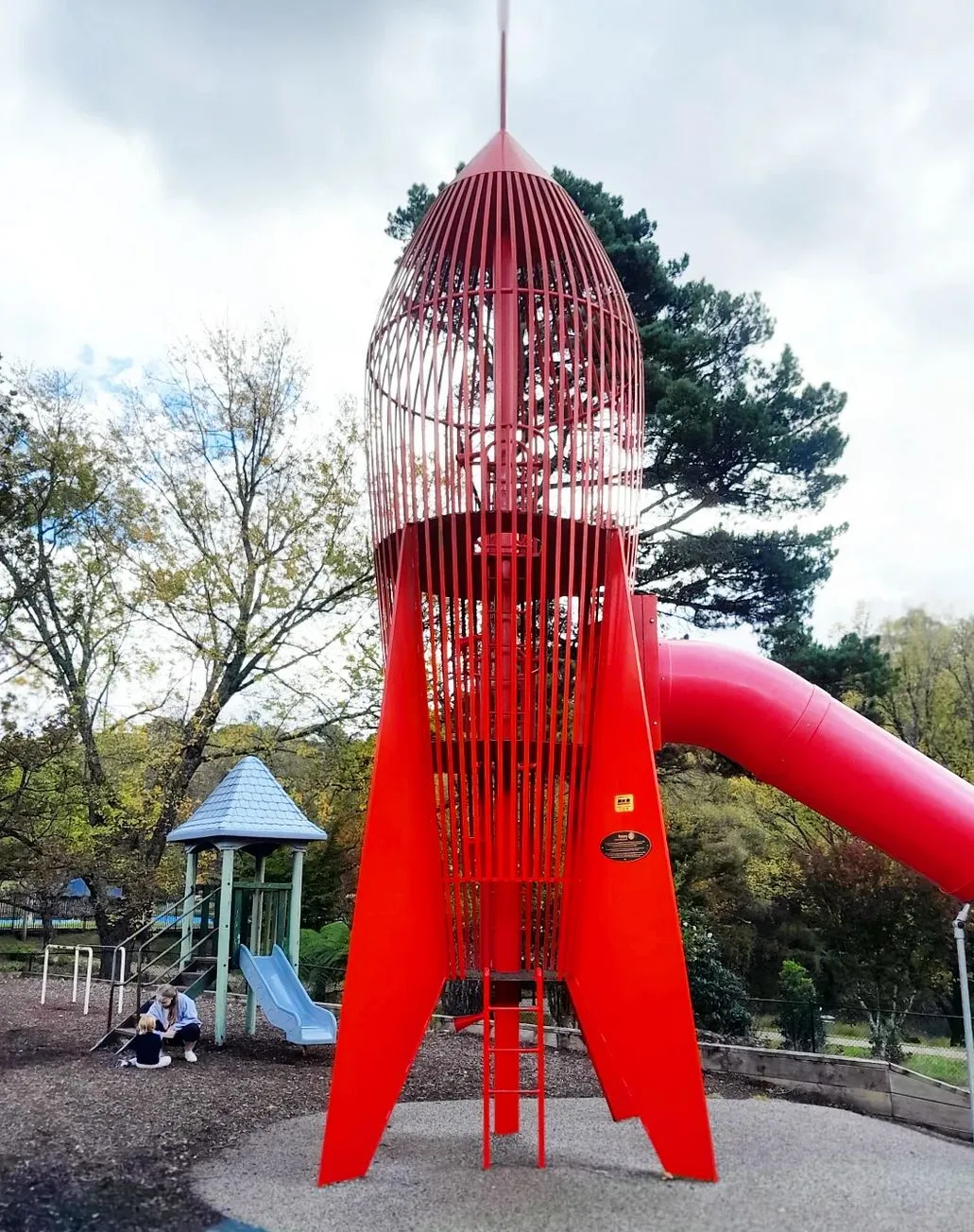
Campground Life: Cool Nights, Quiet Mornings
The Blackheath Tourist Park campground is nestled among gums, far enough from the highway to hear wind through branches instead of cars. Even in autumn, the mornings can freeze your socks off, so pack warm clothes.
Expect:
- Clean toilets
- Fire pits (check restrictions)
- Kookaburra choruses at dawn
- Frosty air that will wake you up
It’s a short drive to the Hanging Rock Trail, Baltzer Lookout, and Mount Blackheath Lookout — all great sunrise spots.
Settle Into A Village That Lets You Slow Down
Blackheath rewards those who take their time. Slow breakfasts, long valley walks, easy afternoons in antique shops and art galleries, sunset at Hargraves Lookout, and quiet evenings at the pub.
The village also has a strong educational heartbeat, with local schools offering Junior School and Senior School pathways, co-educational learning and boarding facilities for families across the region. It’s a rare thing for a mountain village.
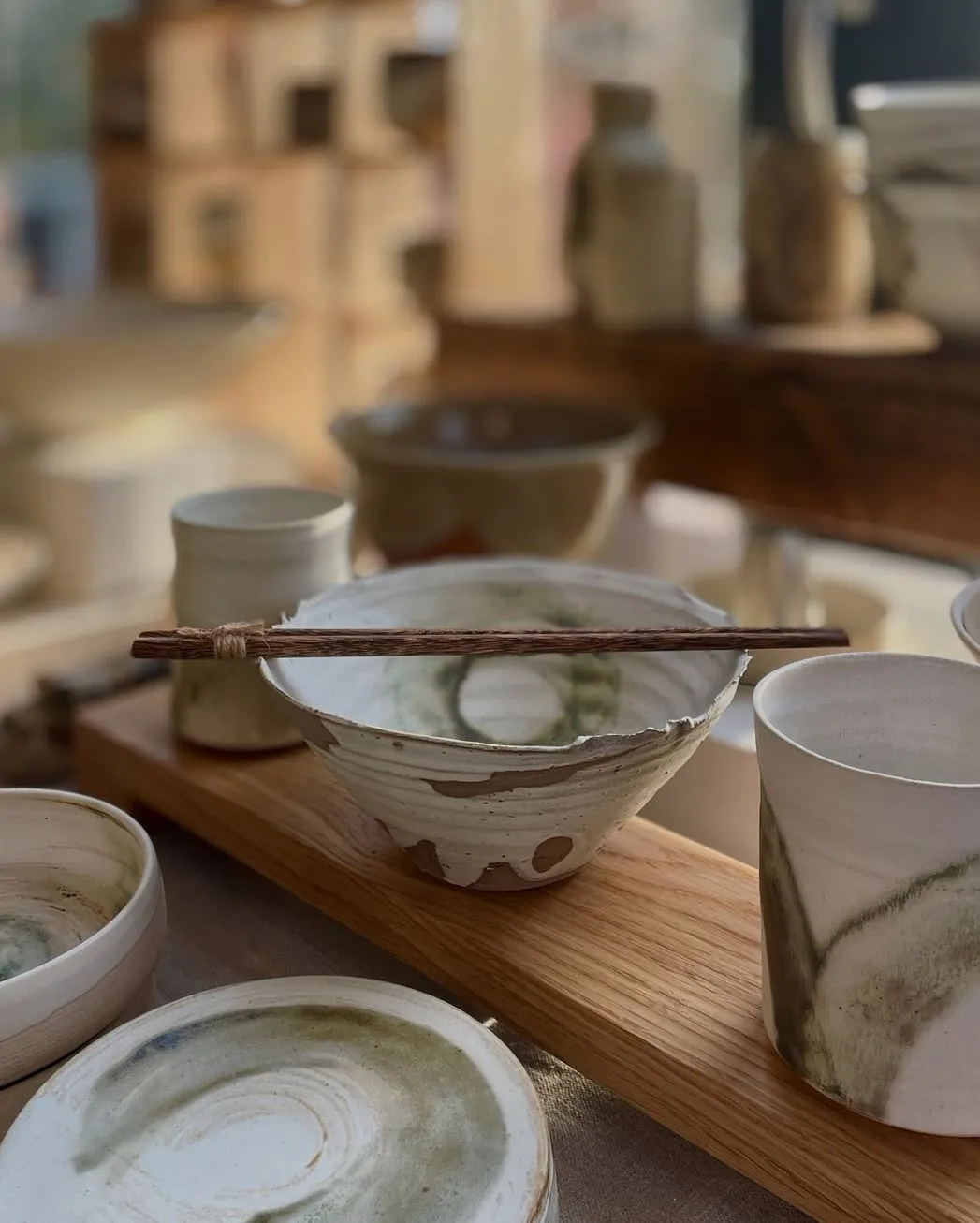
How To Get Here
Getting here is straightforward, but weather and weekend crowds can complicate things.
| Route | Distance | Travel Time | Notes |
|---|---|---|---|
| Sydney → Blackheath (Great Western Hwy) | ~112 km | 1 hr 45–2 hrs | Peak traffic adds 30–40 mins |
| Katoomba → Blackheath | 11 km | 10–15 mins | Easy highway run |
| Lithgow → Blackheath | 28 km | 25–30 mins | Fog is common in winter |
| Train via Blue Mountains Line | — | ~2 hrs | Reliable, scenic, busy weekends |
If you’re car-free, Blue Mountains Tours picks up from Blackheath Station, Katoomba, and nearby mountain hubs — handy when you want to see the big lookouts without juggling transport.
Seasonal Realities: Let’s Call It Straight
Blackheath isn’t mild. It isn’t predictable. And that’s half the charm.
- Winter: Cold. Frosty. Can snow. Bring layers or freeze your socks off.
- Spring: Rhododendrons out, weather mixed — four seasons in an hour.
- Summer: Mild compared to Sydney, but storms can roll fast.
- Autumn: Crisp days, chilly nights, leaves glowing like fire.
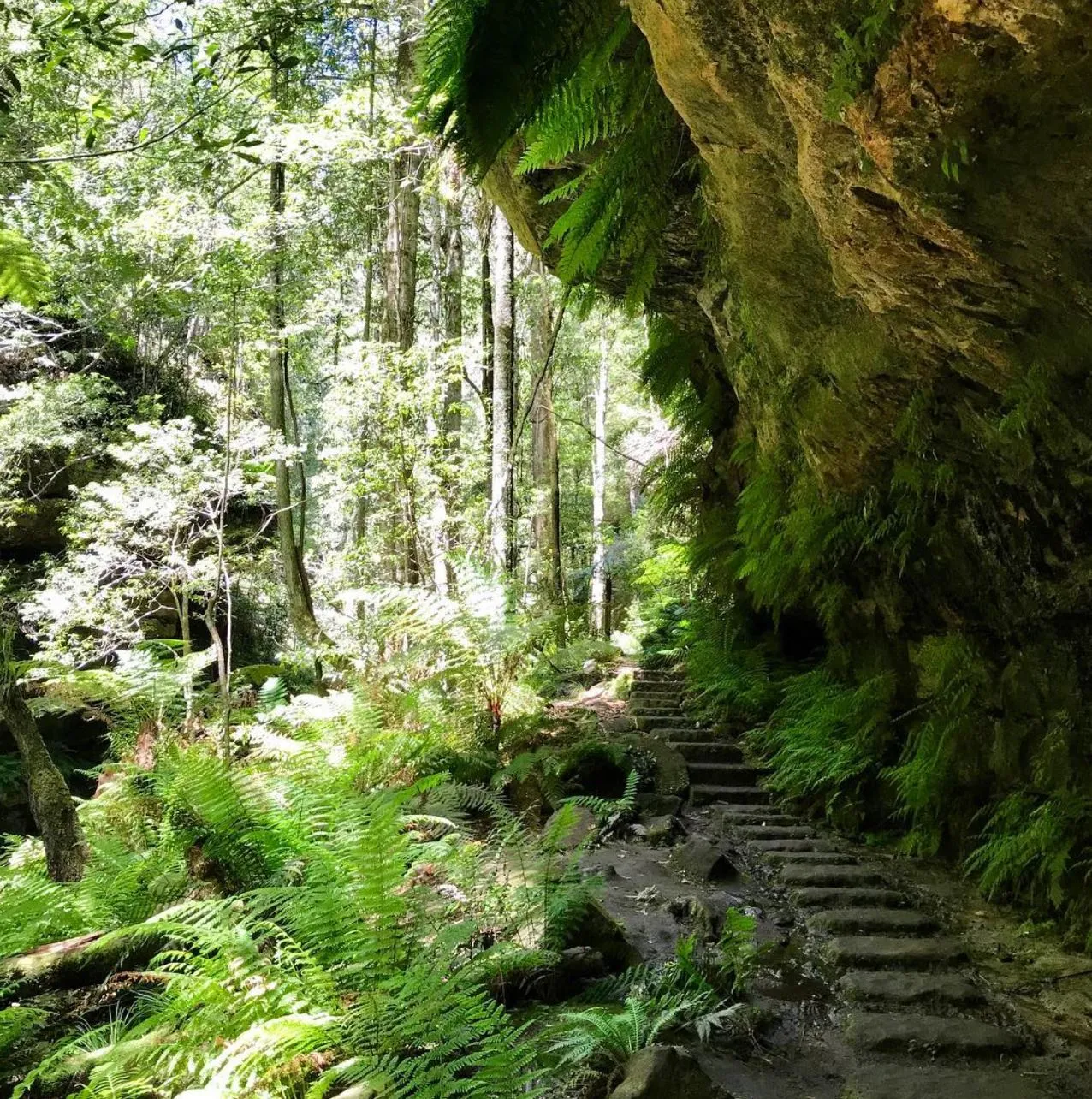

A Quick Personal Yarn From A Long Track Day
One afternoon, after tackling the Grand Canyon in drizzle that couldn’t make up its mind, I wandered into the pub dripping water and carrying half the track on my boots. The bloke behind the bar didn’t blink — just poured a schooner, nodded toward the fire and said, “Tracks’ll dry out tomorrow, mate.”
That’s Blackheath: welcoming, weather-hardened and never fussed about a bit of mud.
FAQ
Is Blackheath a good base for exploring the Blue Mountains?
Yes — Blackheath is one of the best bases on the plateau for car-free travellers who want big scenery, serious walking tracks and quieter village life. Its location near Govetts Leap, Evans Lookout, Pulpit Rock and the Grand Canyon Walk makes it ideal for hikers.
Do I need a car to get around Blackheath and its lookouts?
A car helps, but you can still experience a lot without one. Blackheath sits on the Blue Mountains Line, and Blue Mountains Tours offers guided access to the major lookouts. Some tracks — like Pope’s Glen, Govetts Leap and parts of the Clifftop Walk — are walkable straight from the village.
What’s the best time of year to visit Blackheath?
Spring and autumn are the sweet spots. Spring brings the Rhododendron Festival, blooming gardens and crisp days. Autumn brings warm sun, cold nights, and glowing colour along the escarpment. Winter can be icy (and occasionally snowy), while summer stays cooler than Sydney thanks to the elevation.
How hard is the Grand Canyon Walk for the average traveller?
It’s doable for most moderately fit hikers. Expect stepped sections, wet patches and some narrow ledges. NPWS lists it at Grade 3, but after rain, it leans more towards a soft Grade.
What are the best things to do in Blackheath besides hiking?
Lots — from Victory Theatre Antique Centre, Blackheath Gardens and local galleries, to long lunches with mountain-grown produce, craft beer at Mountains Culture, orchard visits in the Megalong Valley, and lazy afternoons at the Blackheath Growers Market. It’s a village for slow days.

